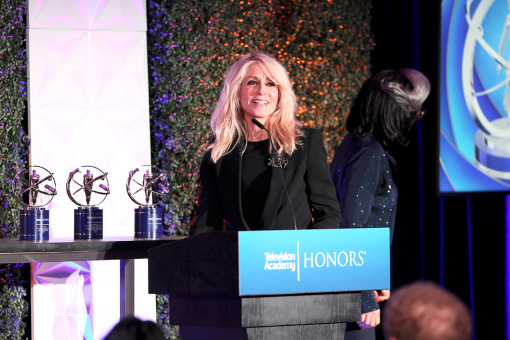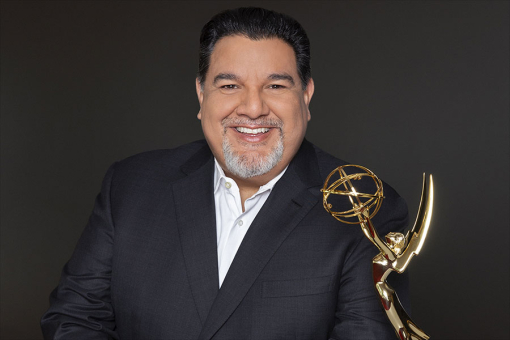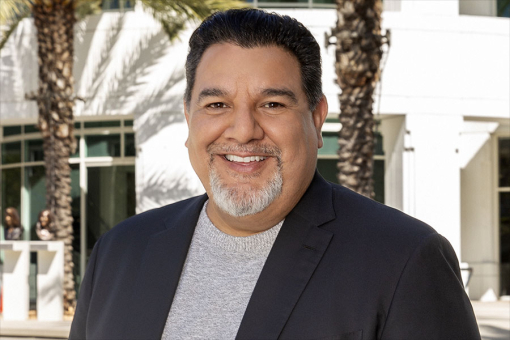
As 2024 winds down, I want to extend gratitude and admiration to the Television Academy leadership, staff and especially our membership for your resilience, creativity and unwavering commitment to excellence in television. This has been a year of both challenge and progress for our industry, marked by significant changes: contraction, consolidation and budget cuts have resulted in layoffs across many areas, affecting countless talented individuals. The road has not been easy, but in the face of adversity, our industry continues to adapt and persevere, with firm belief in the essential cultural and economic value our industry provides.
This year also brought unique challenges and opportunities to the Academy itself. Due to the postponement of the 75th Emmy Awards because of the WGA and SAG-AFTRA strikes, we faced the rare circumstance of producing two Emmy Awards ceremonies in one calendar year. I am proud to say that the Academy rose to the occasion. In collaboration with our network partners and the team at Jesse Collins Productions, both events were hailed for honoring not only the extraordinary achievements of our creative community but also the rich history of our medium. These ceremonies reminded us of the power and potential of television, reinforcing our shared commitment to storytelling. At a moment when our industry is adjusting to the impact of economic shifts, technological innovation and more, we are encouraged by the growth of Academy membership, which is now more than 26,000 strong — the highest in our history. This milestone reflects the conviction and belief our community has in the Academy as a professional resource and advocate for all things television. We are grateful for this trust and, of course, for the experience and expertise our members bring to the Emmy Awards process.
Beyond the Emmys, we are committed to supporting our members in every way possible — fostering professional growth and expanding opportunities through networking, informational and educational seminars, resource aggregation and more. In addition, in 2025, we are planning high-level advocacy efforts that will include engagement with legislators in Washington, D.C., as well as outreach to production centers throughout the nation to address the evolving needs of our community. We believe these initiatives offer hope for an expansion in production and a future where creative voices will continue to entertain, inform, enlighten and inspire as much as ever. As we look toward the future, I close this message as I began it — with thanks for your invaluable contributions and support. Together, we will continue to elevate television as an essential art form, a powerful economic driver and a formative cultural force.
This chair letter originally appeared in emmy Magazine, issue #13, 2024.







